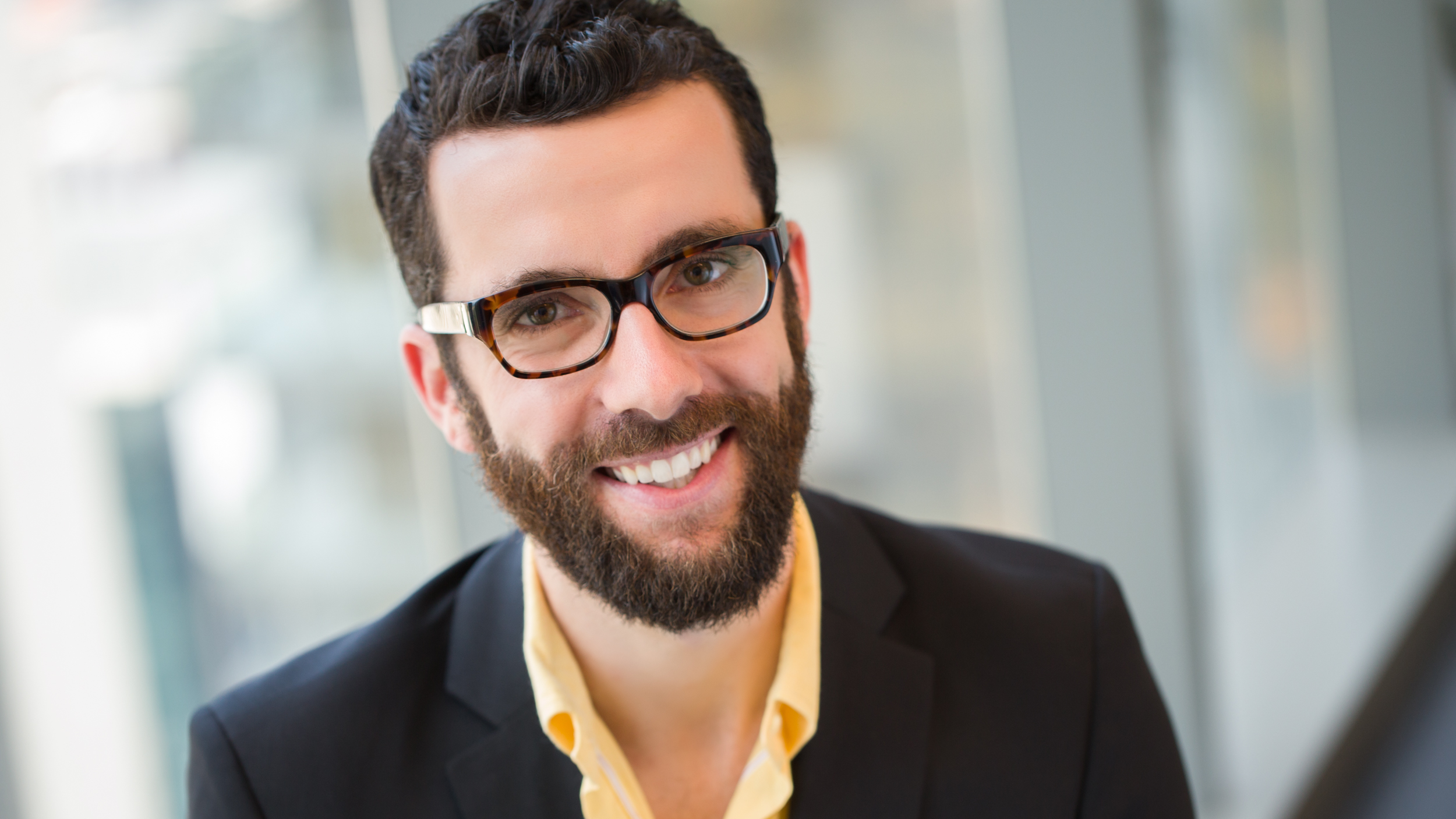
BLOG

5 Corporate Event Photography Tips for Overseas Assignments
Corporate events can be challenging to photograph, even more so if they are overseas! The following are 5 tips for corporate event photography for overseas assignments …

Should You Shoot in RAW for Event Photography?
Configuring your camera to shoot in jpeg does have some benefits. It can shorten your entire workflow since the photos would be ready for use right out of the camera. The file size for each photo would also be smaller. As such, the photographer would require fewer memory cards to cover the event. The photographer would also require …

Event Photography at Lowly Lit Venues
Flash photography might not be ideal for certain types of events. Better cameras and lenses with wide apertures enable the photographer to carry on working with available light. These equipment are usually heavy, bulky and expensive. As such, these types of equipment are generally only considered by …